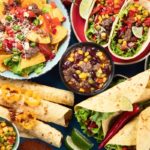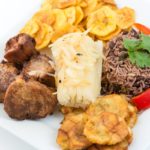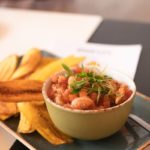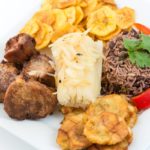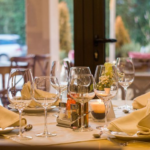There are so many aspects to the wonderful Cuban cuisine that we all know and love.
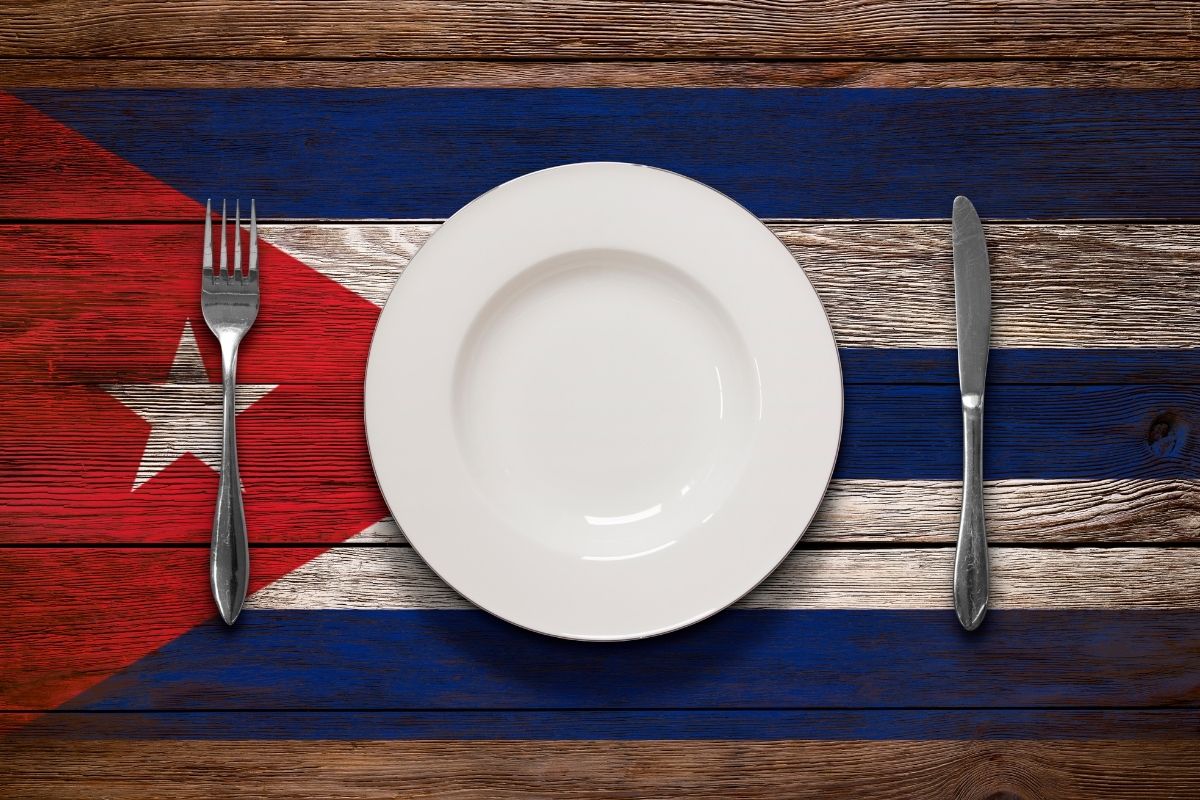
You may have your favorite dishes, but aren’t all that sure on where they all came from.
What exactly influenced each of these tasty Cuban dishes?
Are there certain factors in the history of Cuba that influenced the type of food that has become associated with this fantastic country over the years?
These are the questions that we are going to answer for you today! We’re going to take a closer look at the flavors of Cuban cuisine, and what factors influenced them.
This will even come down to the availability of certain ingredients throughout time.
So let’s take a look at a brief history of Cuban food and how different factors affected the flavors that we know and love.
What Is The History Of Cuban Food?
The broad influences from history on Cuban food include Spanish, Indigenous Taino, Caribbean, and African cuisines.
Let’s take a look at these aspects to better understand the flavors and ingredients they bring to the table.
In terms of early influence with food, this all comes down to the fact that Cuba was the very last colony for the Spanish that was based in the Caribbean.
Havana was considered to be one of the most important trading ports in the Caribbean, where lots of Spanish invaders would visit on their way to other places.
Part of this Spanish influence included pigs and cattle which were then used as ingredients in Cuban cuisine.
You may even notice that there is an influence of Andalusian cuisine in Cuban food, and this is all because the vast majority of Spanish colonizers were from this area of Spain.
At the time, there was also an influx of indentured Chinese laborers, who were brought across to do work that would have previously been completed by enslaved Africans.
This meant that there was also a Chinese influence on certain Cuban flavors and dishes during the 1800s.
One of the other major points in history that influenced Cuban cuisine was the Cold War in 1961.
Once Cuba had allied itself with the Soviet Union, its usual food supply from the US was cut off.
This meant that they had to source food from other places, which saw the introduction of things like pizza, pasta, wheat, and yogurt.
Fish and chicken also became easier to source than the traditional pork.
At this point in time, it also meant that there wasn’t really an American influence on Cuban food.
What Flavors Are Associated With Cuban Cuisine?
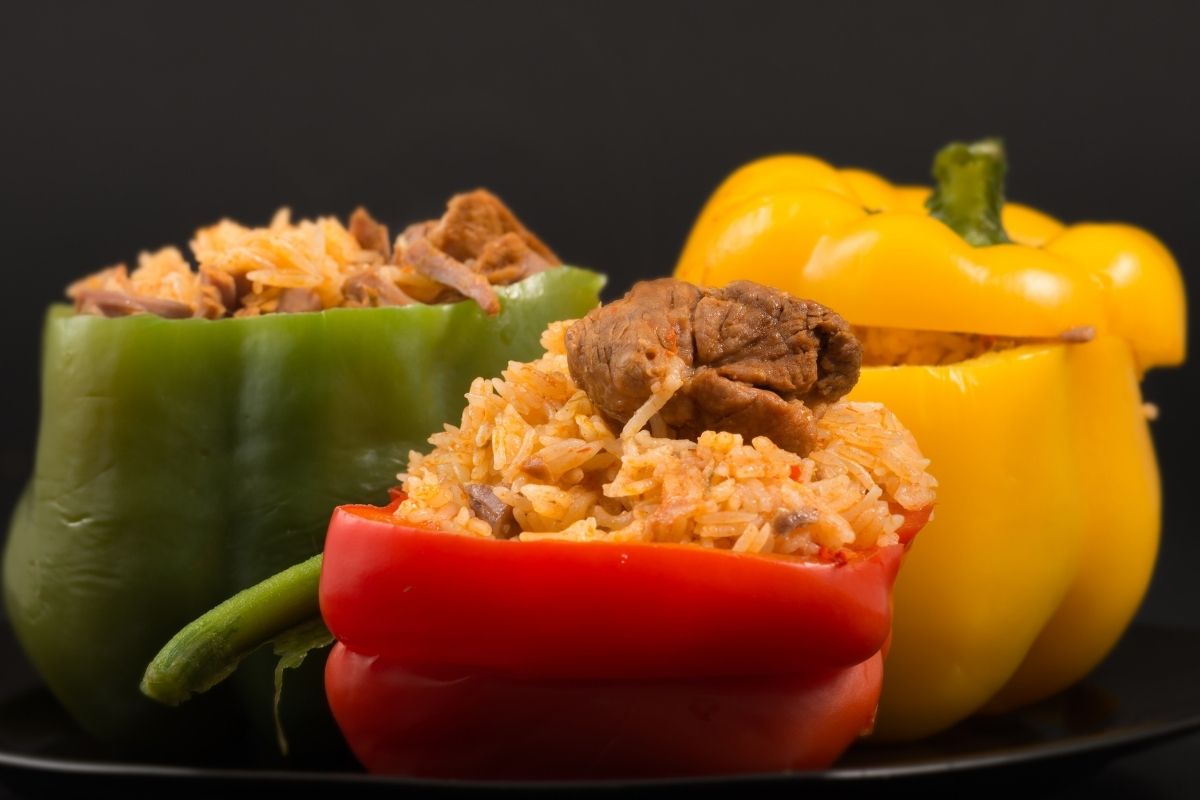
There are several different flavors that are typically featured in Cuban cuisine, and it all comes down to the ingredients that are associated with different dishes.
Pork is considered to be the main meat of choice, with beef being another popular option.
As we have mentioned above, fish and chicken became popular through necessity during the 1960s.
If you were to pick up a bowl of Cuban food, you would be greeted with a hearty, starchy dish that would fill you up.
There are salty and fatty flavors prevalent in Cuban dishes, as well as featuring notes of vinegar, citrus, and sweeter notes from food staples such as raisins.
Beans, rice, and plantains are another staple of Cuban cuisine. It will often depend on what ingredients are available at the time of year.
Roasted pork and long stewed beef are popular dishes when it comes to Cuban cuisine.
Aside from food, another popular flavor of choice is rum.
We’re all familiar with the classic Cuban cocktail, the mojito, which features a delicious blend of lime juice, white rum, and muddle mint leaves.
This is a refreshing drink that perfectly captures the flavor of Cuba.
What Is The Traditional Food Of Cuba?
There are several dishes which are considered to be traditional food of Cuba.
One of the most popular dishes is ropa vieja, which is a delicious main meal.
This dish features shredded, stewed beef as the main ingredient, which is paired with onions, fresh tomatoes, garlic, wine, and pepper.
Ropa vieja is typically served with sweet plantains, white rice, and black beans.
Mojo criollo is a sauce that is a classic example of African and Spanish cuisines mixing together. This sauce features sour orange juice, garlic, and oil, and is typically served alongside pork and chicken.
We could hardly talk about the traditional food of Cuba without mentioning the Cuban sandwich!
This is a sandwich that makes use of a crispy Cuban loaf, and features ham, roast pork, Swiss cheese, mustard, and pickles as the main ingredients.
Some people even choose to toast the Cuban sandwich once you have assembled all of the key ingredients.
As well as the classic mojito that we’ve already mentioned, there are a range of other fantastic cocktails that make use of rum as the main ingredient.
Two of the other popular Cuban cocktails which have found their way across the world include the Cuba libre and the daiquiri.
The Cuba libre features rum as the main alcoholic beverage, paired with Coca-Cola, lime, and sugar.
A daiquiri typically features lime, rum, and syrup, with some variations including fruity flavors.
One of the most popular fishes that features black beans and rice as Cuban staples is of course arroz y frijoles negros.
This features some classic Cuban flavors, and is a dish that often accompanies other hearty dishes such as ropa vieja.
Seeing as pork is one of the main ingredients used in Cuban cuisine, it’s hardly a surprise that lechon asado is one of the most popular dishes in Cuba.
This dish is basically roasted pork, and vendors will have their own methods of roasting the meat to perfection.
Lechon asado is often accompanied by mojo salsa, which is a sauce that features seasonings, garlic, and vinegar.
Want to try something a little different to the classic Cuban sandwich? Then the pan con lechón is the perfect sandwich for you to try!
This sandwich features roast pork as the main ingredient, and typically comes with a special sauce of its own.
To give your pan con lechón that extra pizazz, feel free to add lettuce, pickles, and tomatoes to your ensemble.
In Summary
So there you have it! You now know everything that you need to know about Cuban cuisine, including the complex flavors associated with its dishes, as well as the history of where each element has come from.
It all comes down to various points in history, and how these affected the food that Cubans ate.
The most notable point in history was the Spanish invaders back in the 1800s.
They introduced certain ingredients such as pork and beef to the small island of Cuba.
Other influences included African cuisine from enslaved Africans, as well as Chinese cuisine staples such as rice from indentured laborers.
The Cold War also influenced Cuban cuisine because of the fact that Cuba had to source other food items such as chicken and fish.
When it comes to classic Cuban dishes, you will find pork used as the main ingredient, as well as beef, black beans, rice, and plantains.
- What Is The Largest Island In Cuba? - September 19, 2022
- Havana – Why Is It Cuba’s Most Exciting City? - September 19, 2022
- Cheapest Time To Visit Cuba (Ultimate Guide) - September 19, 2022

